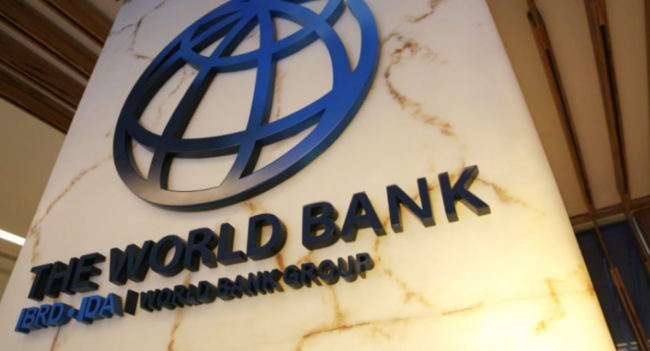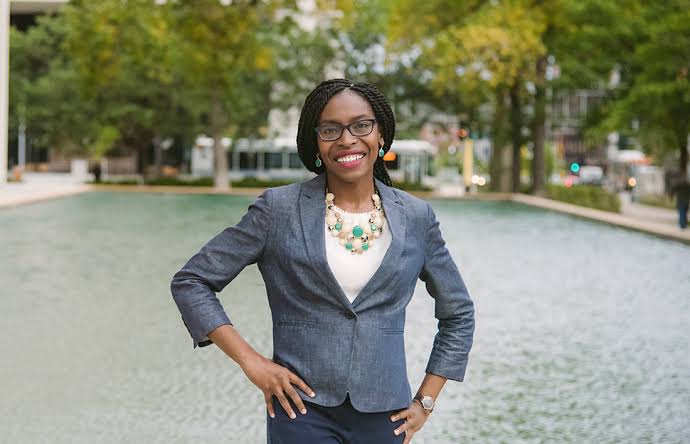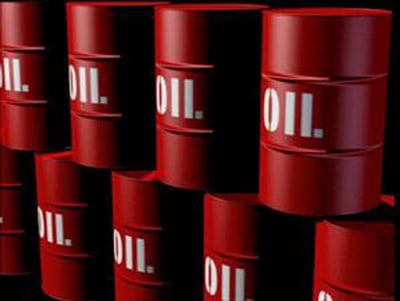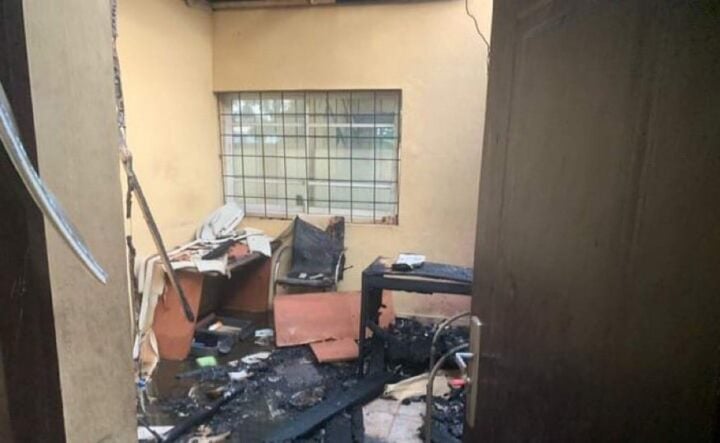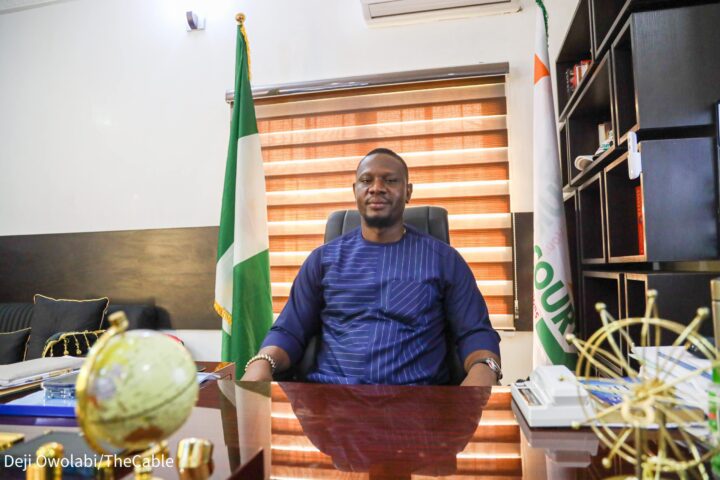The World Bank has introduced a cost-effective electrification initiative to allow sub-Saharan Africa to meet the projection of universal electricity access by 2030.
The bank said this in a statement on Wednesday while announcing an innovative initiative to accelerate the pace of electrification in Africa to achieve universal access by 2030.
The initiative, facilitated by the World Bank, the Multilateral Investment Guarantee Agency (MIGA), the International Finance Corporation (IFC), and other development agencies, will use Distributed Renewable Energy (DRE) to electrify Sub-Saharan Africa.
According to the World Bank, DRE systems generally involve a solar photo-voltaic station paired with battery storage. In rural communities, World Bank said the systems would serve a healthcare facility, a group of customers, such as households or businesses in a village, operating independently from the national power grid.
Advertisement
The statement added that DRE systems can be easily installed, reliable, and do not require the large investment needed to build a utility-scale power plant.
ONLY EIGHT SUB-SAHARAN AFRICAN COUNTRIES TO ACHIEVE UNIVERSAL ENERGY ACCESS BY 2023
According to the statement, the Distributed Access through Renewable Energy Scale-Up Platform (DARES) calls for joint action by the government, private investors, and development agencies to solve Africa’s immediate needs while developing DRE solutions that can be applied globally.
Advertisement
“At current rates of electrification, over a half billion people in Sub-Saharan Africa (SSA) will still be without electricity in 2030 unless the current electrification pace is tripled,” World Bank said.
“Present projections indicate that only eight SSA countries will achieve universal electricity access by 2030, and some will take over 100 years to fully electrify. The lack of energy access greatly inhibits the green, resilient, and inclusive development of many countries in SSA.
“The expansion of access through DRE systems will answer an urgent need quickly and support climate resilience, food security, and human capital development goals.”
In the statement, Riccardo Puliti, World Bank vice-president for infrastructure, said the innovative solution is to close the gap.
Advertisement
“Now more than ever we need innovative solutions that close the energy access gap,” Puliti said.
“Bringing together government and the private sector to support distributed renewable energy can help extend electrification to the most vulnerable while also advancing clean energy.”
DRE: COST-EFFECTIVE INITIATIVE TO ACCELERATE CLEAN ELECTRICITY
The World Bank further explained that the DRE is the fastest and most cost-effective mechanism to accelerate clean electricity access on the continent.
Advertisement
“Over the last 10 years, 20 percent of all new electric connections in SSA have been through DRE systems. While DRE is now attracting private sector financing, this support is not at the scale that is needed,” the World Bank added.
“DARES will leverage this positive momentum to work with governments and the private sector to expand DRE investment. The World Bank Group is well-positioned to take the lead in scaling the DRE sector in SSA, using a different approach from traditional infrastructure investments to incentivise private financing commitment.
Advertisement
“DARES will leverage World Bank, MIGA, and IFC expertise to create a joint cross-sectoral approach to develop innovative financial and de-risking instruments to be rolled out at a regional level. The platform also provides significant technical assistance for governments and the private sector and differentiated approaches consistent with unique country contexts and markets.
“A key goal in this respect is to tackle barriers to private sector participation to give SSA countries the ability to mobilise DRE systems faster while making them greener, more resilient, and inclusive.
Advertisement
“DARES will have five core areas: mini-grids, off-grid solar markets, systems for schools and health facilities, solar irrigation and the cold chain for farmers, and innovative business models to displace diesel generation and improve access reliability.”
On his part, Hiroshi Matano, executive vice president, MIGA, said, “MIGA is in a strong position to support private investment through new and innovative risk mitigation solutions that are fit-for-purpose for the unique risk faced by investors.
Advertisement
“We look forward to working with Sub-Saharan African countries to create opportunities to combine public and private investment approaches to electrify Africa in the near future.”
Emmanuel Nyirinkindi, vice-president, Cross-Cutting Solutions, IFC, said investing in distributed renewable energy is one of the most efficient ways to tackle energy access challenges and to support economic activities in Africa while addressing greenhouse gas emissions.
“Mini-grid systems are one example of DRE and can efficiently deliver energy to cities and rural areas outside the limits of a national grid,” he said.
$2.7 BILLION FOR DRE ACCESS
Meanwhile, the World Bank said it has an “active portfolio of $2.7 billion for DRE access, targeting the electrification of about 40 million people, while IFC has initiated the Scaling Mini Grids Program and is building on its Lighting Africa Engagement. MIGA also has $83 million in DRE guarantees and a $400 million pipeline”.
It added that MIGA is developing “fit-for-purpose” instruments that address the unique risks faced by distributed energy investors and is actively engaging with partners to bring together complementary solutions for its DRE clients.
